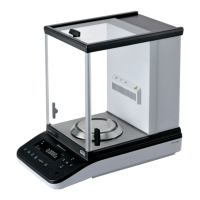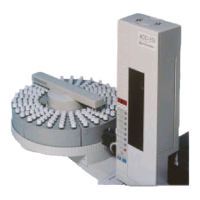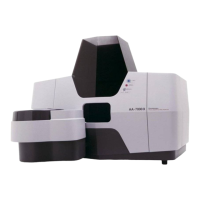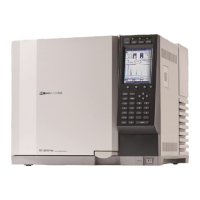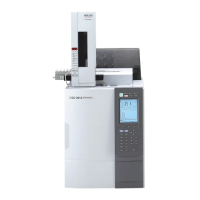What to do if the serial communication function doesn't work with a USB serial converter on Shimadzu Laboratory Equipment?
- BbhickmanAug 6, 2025
First, verify that the correct COM number has been set in the Windows settings. If the issue persists, the driver provided with the USB serial converter may not be set up correctly. Please refer to the Shimadzu website for details on checking/changing the COM number and setting up the driver.
